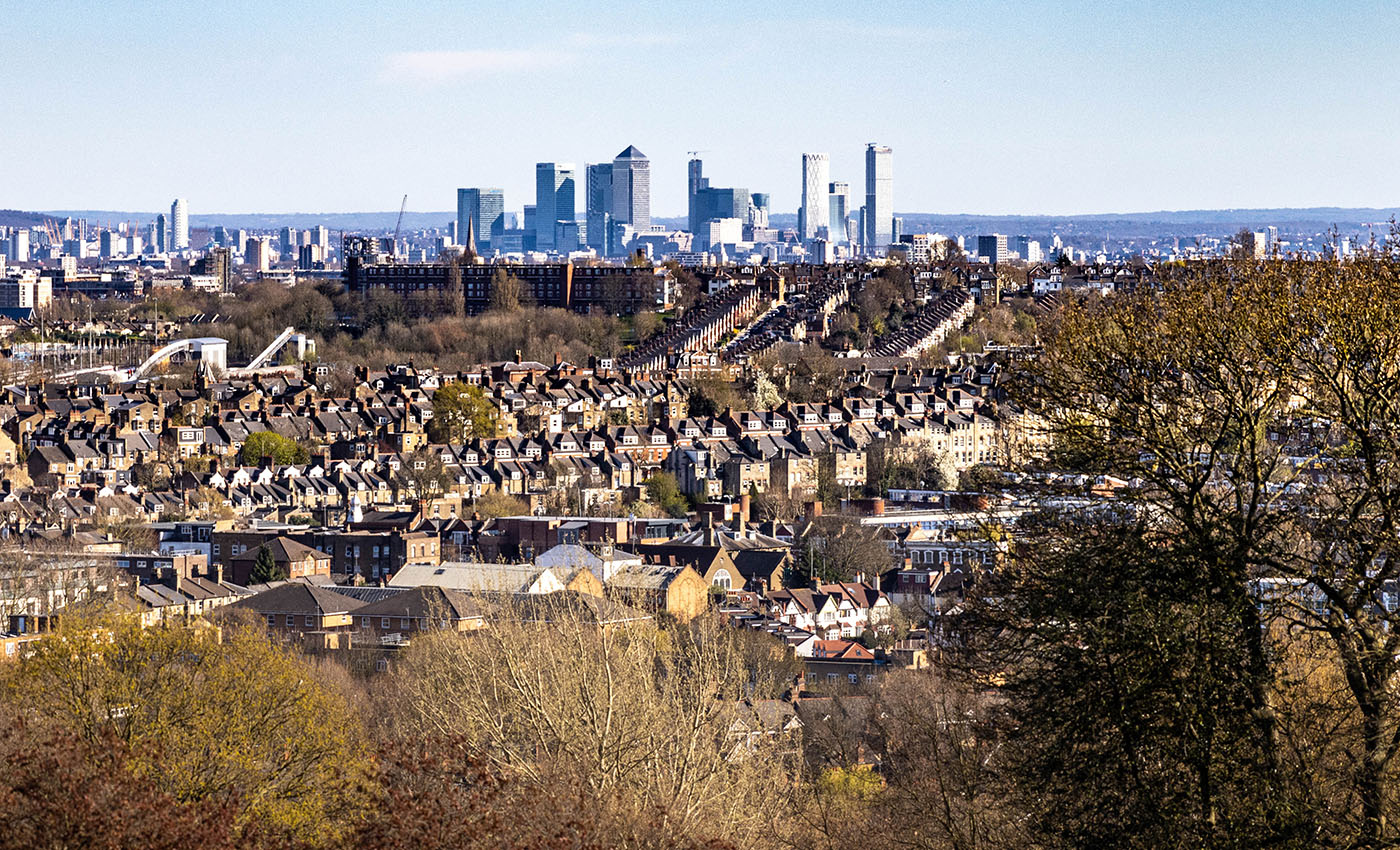References
Burckle, L. and Grissino-Mayer, H. D. (2003) ‘Stradivari, violins, tree rings, and the Maunder Minimum: a hypothesis’, Dendrochronologia, vol. 21, no. 1, pp. 41–5.
Greenblatt, S. (2006) The Norton Anthology of English Literature, 8th edn, New York and London, Norton.
Hawkins, E. (2016) Guy Stewart Callendar (1898–1964). Discovered global warming in 1938 & suggested that increase in atmospheric CO2 was responsible. Alter ego: @ed_hawkins [Online] Available at https://twitter.com/ GuyCallendar [Tip: hold Ctrl and click a link to open it in a new tab. (Hide tip)] (Accessed 20 October 2016).
Hawkins, E. and Jones, P. (2013) ‘On increasing global temperatures: 75 years after Callendar’, Quarterly Journal of the Royal Meteorological Society, vol. 139, pp. 1961–3.
IPCC (2013a) Climate Change 2013: The Physical Science Basis. Contribution of Working Group I to the Fifth Assessment Report of the Intergovernmental Panel on Climate Change, Stocker, T. F., Qin, D., Plattner, G.-K. et al. (eds), Cambridge, United Kingdom and New York, NY, USA, Cambridge University Press.
IPCC (2013b) ‘Annex II: Climate system scenario tables’, Prather, M., Flato, G., Friedlingstein, P. et al. (eds), in: Climate Change 2013: The Physical Science Basis. Contribution of Working Group I to the Fifth Assessment Report of the Intergovernmental Panel on Climate Change, Stocker, T. F., Qin, D., Plattner, G.-K. et al. (eds), Cambridge, United Kingdom and New York, NY, USA, Cambridge University Press, pp. 1395–445.
IPCC (2014) Climate Change 2014: Impacts, Adaptation, and Vulnerability. Part A: Global and Sectoral Aspects. Contribution of Working Group II to the Fifth Assessment Report of the Intergovernmental Panel on Climate Change, Field, C. B., Barros, V. R., Dokken, D. J. et al. (eds), Cambridge, United Kingdom and New York, NY, USA, Cambridge University Press.
Jackson, R. (2016) John Tyndall Natural Philosopher and Mountaineer. Tweets about my life, loves, science, religion, politics, poetry and mountaineering. Alter ego @roland_jackson [Online]. Available at https://twitter.com/ ProfTyndall (Accessed 20 October 2016).
Santer, B., Solomon, S., Ridley, D. et al. (2016) ‘Volcanic effects on climate’, Nature Climate Change, vol. 6, 3–4.
Scripps Institution of Oceanography (2016) The Keeling Curve [Online]. Available at https://scripps.ucsd.edu/ programs/ keelingcurve (Accessed 20 October 2016).
Sharma, N., Singh, A., Dhyani, R. and Gaur, S. (2014) ‘Emission reduction from MRTS projects – A case study of Delhi metro’, Atmospheric Pollution Research, vol. 5, no. 4, pp. 721–8.
Smith, S. J., van Aardenne, J., Klimont, Z., Andres, R. J., Volke, A. and Delgado Arias, S. (2011) ‘Anthropogenic sulfur dioxide emissions: 1850–2005’, Atmospheric Chemistry and Physics, vol. 11, pp. 1101–16.
Stoel, B. C. and Borman, T. M. (2008) ‘A comparison of wood density between classical Cremonese and modern violins’, PLoS ONE, vol. 3, no. 7: e2554 [Online]. DOI: 10.1371/journal.pone.0002554.
Zerefos, C. S., Gerogiannis, V. T., Balis, D., Zerefos, S. C. and Kazantzidis, A. (2007) ‘Atmospheric effects of volcanic eruptions as seen by famous artists and depicted in their paintings’, Atmospheric Chemistry and Physics, vol. 7, pp. 4027–42.
